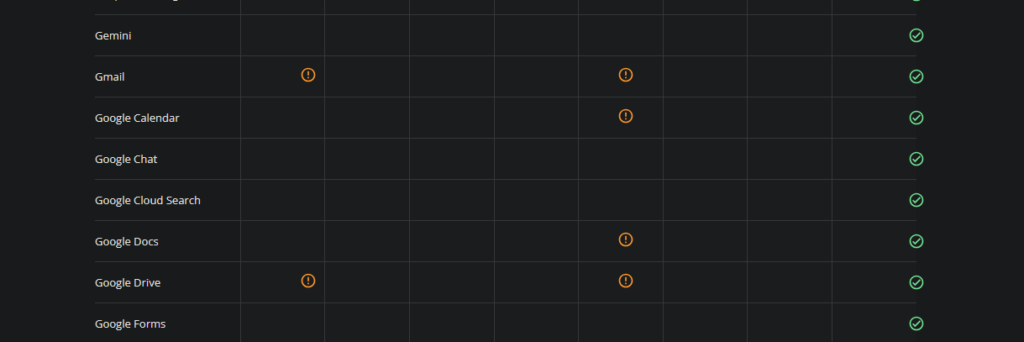In a recent blog post titled “It is no longer safe to move our governments and societies to US clouds,” Bert Hubert, an entrepreneur, software developer, and part-time technical advisor to the Dutch Electoral Council, articulated such concerns.
“We now have the bizarre situation that anyone with any sense can see that America is no longer a reliable partner, and that the entire large-scale US business world bows to Trump’s dictatorial will, but we STILL are doing everything we can to transfer entire governments and most of our own businesses to their clouds,” wrote Hubert.
Hubert didn’t offer data to support that statement, but European Commission stats shows that close to half of European enterprises rely on cloud services, a market led by Amazon, Microsoft, Google, Oracle, Salesforce, and IBM – all US-based companies.
While concern about cloud data sovereignty became fashionable back in 2013 when former NSA contractor Edward Snowden disclosed secrets revealing the scope of US signals intelligence gathering and fled to Russia, data privacy worries have taken on new urgency in light of the Trump administration’s sudden policy shifts.
In the tech sphere those moves include removing members of the US Privacy and Civil Liberties Oversight Board that safeguards data under the EU-US Data Privacy Framework, alleged flouting of federal data rules to advance policy goals. Europeans therefore have good reason to wonder how much they can trust data privacy assurances from US cloud providers amid their shows of obsequious deference to the new regime.
And there’s also a practical impetus for the unrest: organizations that use Microsoft Office 2016 and 2019 have to decide whether they want to move to Microsoft’s cloud come October 14, 2025, when support officially ends. Microsoft is encouraging customers to move to Microsoft 365 which is tied to the cloud. But that looks riskier now than it did under less contentious transatlantic relations.
The Register spoke with Hubert about his concerns and the situation in which Europe now finds itself.
[…]
Source: Europe begins to worry about US-controlled clouds • The Register
It was truly unbelievable that EU was using US cloud in the first place for many reasons ranging from technical to cost to privacy but they just keep blundering on.






